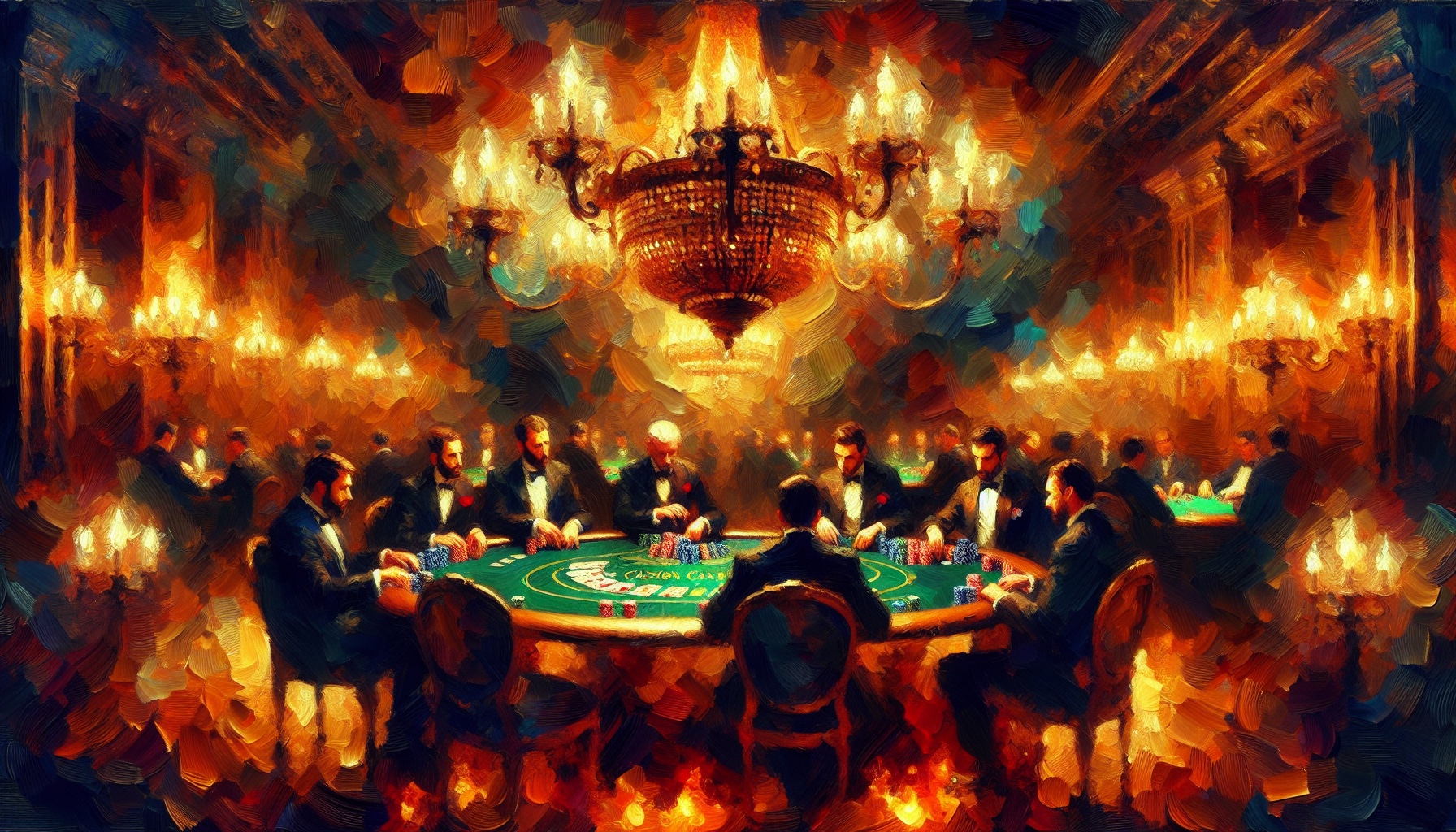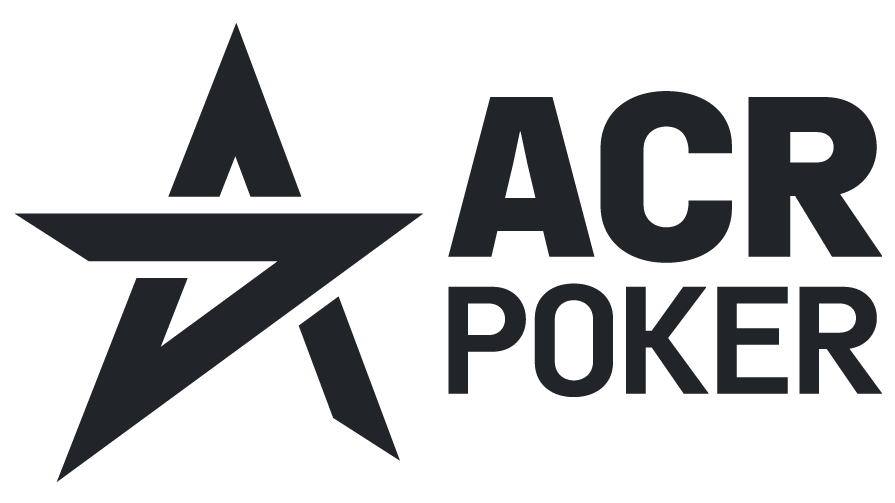
What Does Price Mean in Poker?
Price refers to the amount a player must call to stay in a hand or the cost of a bet or raise in a given round of betting.
When You Might Hear Or Use The Term Price
You might hear the term “price” when discussing pot odds, making a call, or deciding whether to chase a draw. For instance, a player might say, “I got the right price to call with my flush draw.”
In-Game Example
Imagine you’re on the turn with a flush draw. Your opponent bets $50 into a $100 pot. You’re getting 3-to-1 on a call, which might justify chasing your draw if the implied odds are favorable.
Strategy / Tips
- Best Practice: Always calculate pot odds to determine if the price is right to continue in a hand, especially with drawing hands.
- Common Mistake: Ignoring the actual price and calling too often, regardless of pot odds or implied odds.
- Pro Tip: Consider the implied odds and potential future bets when deciding if the price is right to continue with a drawing hand.
Differences Playing Over the Table vs Online
In live poker, players often discuss price openly at the table, using physical chips to assess pot odds visually. Online, players rely on software aids or mental calculations to determine if the price is correct.
Alternative Names
Cost, Calling Price
FAQs
Q: What is the “price” when facing a bet?
A: The price is the amount you need to call to stay in the hand.
Q: How do you determine if the price is right?
A: Compare the pot odds to the odds of completing your hand to decide if calling is profitable.
Related Terms
Additional Context: Online Poker Considerations
When playing online poker, players have access to more tools and resources, such as software that can calculate odds and track hand history. This can be advantageous for those looking to improve their decision-making process by analyzing their plays post-game.

